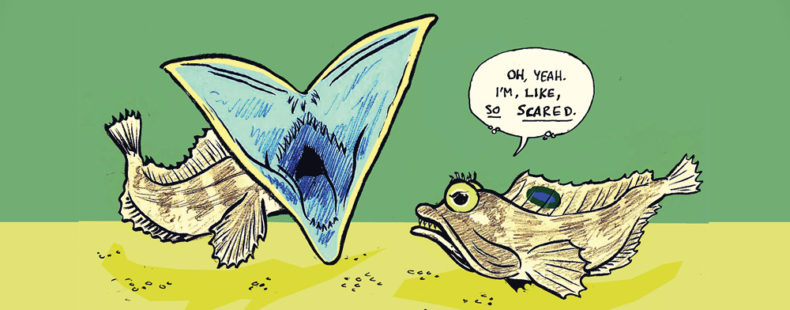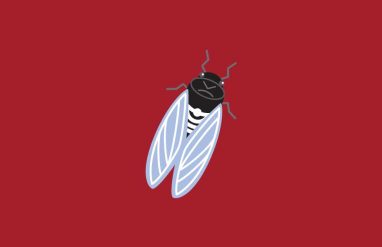When new animals are named, zoologists are known to slap on mysterious scientific labels (like Apodemus sylvaticus for the humble mouse). Thankfully, some animal scientists are kind enough to give them second names in English so the rest of us can pronounce them.
Sometimes, they even have a sense of humor, translating Chaetophractus vellerosis into “Screaming Hairy Armadillo.” Looks like a blob? Blobfish. Resembles a wormy-thing eating ice cream? Ice Cream Cone Worm.
Today, we’re sending up a toast to the zany zoologists who came up with descriptive words to suit some pretty odd animals and their unique characteristics by listing some of the best-named creatures. Because even scientists like to have fun with words to help us laymen folk truly understand the nuances of some of these rare animals.































